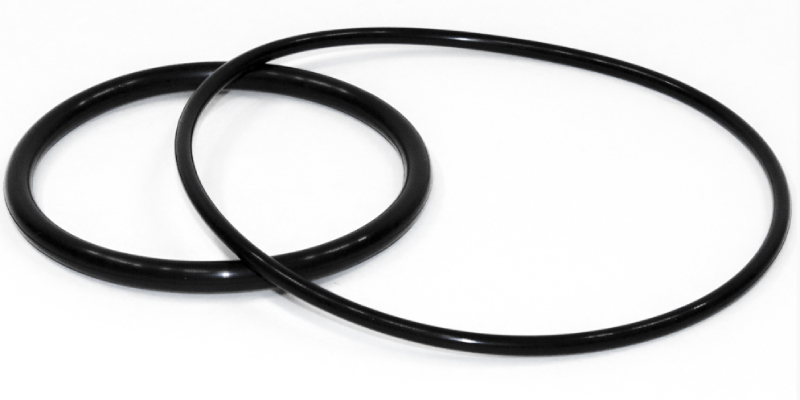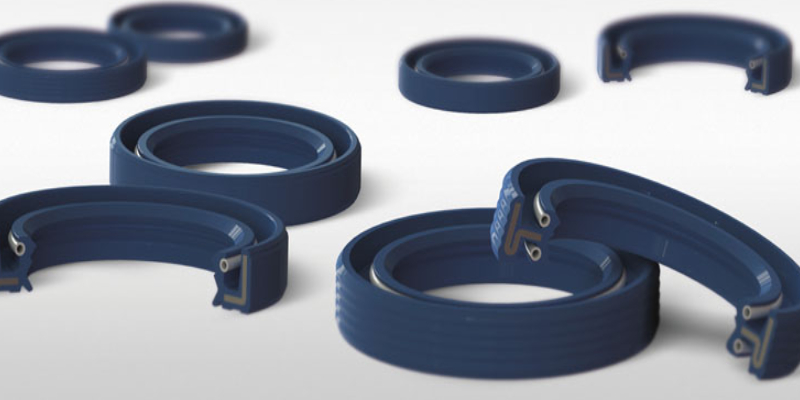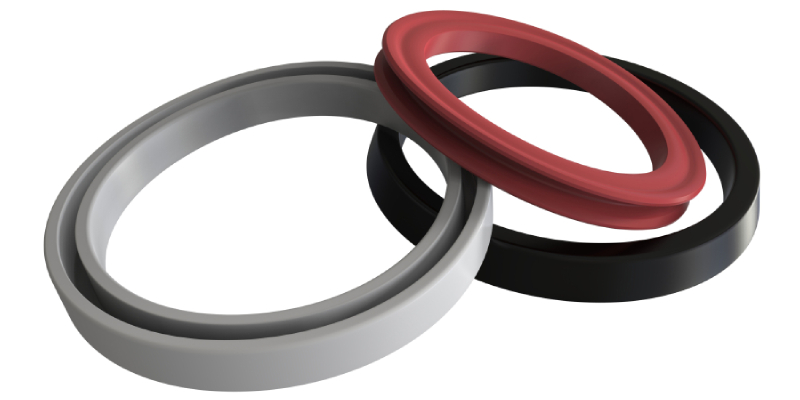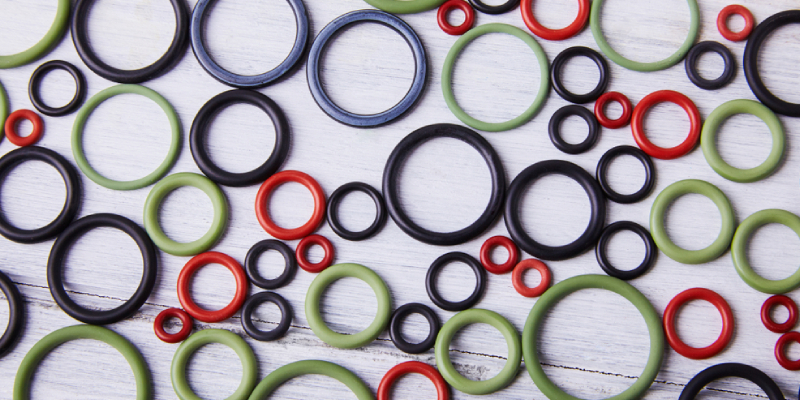Working of an O-Ring Seal

Application Categorisation of O-Ring Seals
January 3, 2020
Tips to Choose Racks for Industry Warehouses
February 14, 2022O-ring seals are considered to be the most customary hydropower seals manufactured by a huge number of manufacturers across the globe. The work of the O-ring seals are to stop leakage situation arising from valves, connectors, pumps and cylinders. This small yet most economical element which has the capacity to handle dynamic and static functions when applied in both hydraulic as well as pneumatic fields. The seals consist of a ring which is manufactured in the shape of a donut which in technical terms is called a toroid having a cross section which is circular, made with an elastomer material such as Silicone, Neoprene or Buna.
O-Ring Seal’s Usability
O-ring seals create an extraordinary fluid leakage barrier of two components that are to be coupled together. The O-rings are placed in the groove area of the surface that requires sealing . Since the material of the O-ring is very rubber-like, it helps compensate for the variation in size of the parts being coupled. When the two surfaces come in contact with each other, a gland is formed compressing the O-ring seal, deforming it through the cross section in a circular manner. The seal is forced to have contact with the surface of both the inner and outer walls.
Elastomer Resilience of O-Ring Seal
Applying either zero or a little pressure , the elastomer resilience naturally provides a strong seal making sure no leakage happens. The squeeze can aid in increasing the deformation and making sure the force is sealed well but higher pressure would become a problem in the later stage. When fluid pressure is pushed, the O-ring is sealed well against the walls of the groove when the pressure held is low, enhancing the force of sealing. The disturbance created between the coupling surfaces and the seal allows the O-ring to function without any leakage. Since there is good resilience to the elastomer, when the pressure is released the O-rings return to their own shape allowing them to be used again for the next set of pressure tests.




